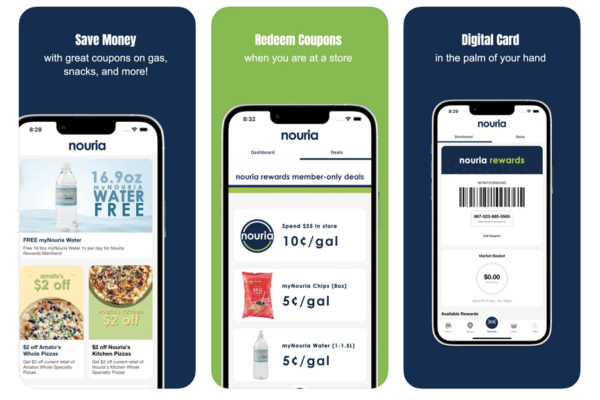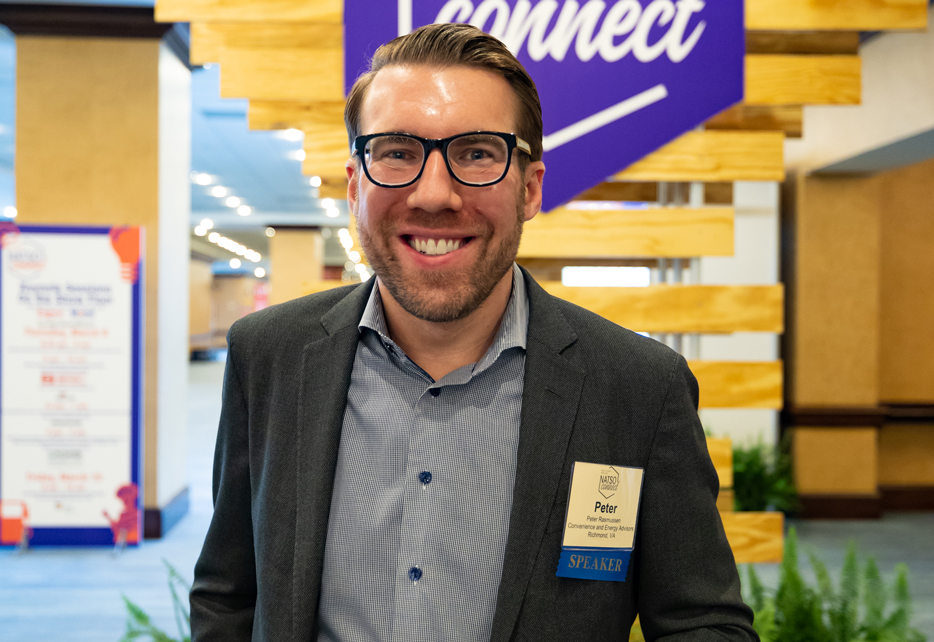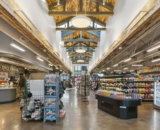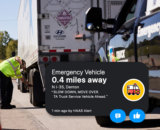Article created for the July digital issue of
Mobile apps can strengthen your brand, boost customer loyalty and provide excellent customer insights, but they won’t add any value if customers don’t use them. With an increasingly competitive retail landscape, it is essential that businesses stand out, and Stop Watch sat down with Peter Rasmussen, CEO and founder of Convenience and Energy Advisors, to learn more about the benefits of mobile apps, essential features and common mistakes.
(Convenience and Energy Advisors recently designed the Nouria Rewards app pictured above.)
“We’re in a world that is completely over app-ed. Many brands have them just to have them, but ultimately, you have to ask if it serves a purpose,” Rasmussen said. “Does it give your customers a benefit?”
For many customers, the biggest benefit is savings. “You are starting to see brands get more aggressive,” Rasmussen explained, adding that Circle K, for example, offers customers 25 cents per gallon off of their first five fill ups and five free beverages when they download the app.
Offers should be simple, and two of the most popular options for fuel retailers are to offer a cents per gallon discount or points. Operators should consider their current offerings and goals when determining what types of benefits to provide. Cents-per-gallon only could isolate non-drivers, but at the same time, some travel centers may find customers are more driven with a cents-per-gallon offer.
“Are you in an area where you would have folks come in for other things? If your competitor has 10 cents off a gallon down the street, do you need to compete on that,” Rasmussen said.
The sweet spot can be combing points and cents-per-gallon offers. “You have some brands that let you trade points for cents per gallon,” Rasmussen said.
While enticing offers can help drive downloads, Rasmussen said it is also important for employees to encourage customers to use the app. “Have your store employees be an ambassador for it,” he said.
Driving Long-Term Use
For retailers, the app's real value comes from the data they can collect, which means it is important to encourage long-term use of the app. Repeating offers can establish habits. McDonalds, for example, offers “Free Fries Friday” through its app, giving users free medium fries with a $1 minimum purchase.
Personalized offers also appeal to users. “If you’re promoting burgers because it is National Burger Day, you’re pushing noise. If you’re promoting energy drinks because they buy energy drinks, that goes a long way,” Rasmussen said.
NATSO members are in a unique position because they have different types of customers, and what appeals to a local or four-wheel passenger customer can differ from what appeals to a long-haul truck driver. “For truckstops and travel centers, it is important for a brand to be able to differentiate at registration if someone is a professional driver or not,” Rasmussen said. “If you follow the data and transactions your store has, you’re able to tell from a customer base who is local, who is going through all the time versus who is coming through once.”
More and more customers are using apps to order food, buy merchandise and procure services, but Rasmussen said the process must be easy. “Platforms like Uber have set new expectations of how an order is done,” he said, adding that providing choices in payments can build loyalty. “It is up to you if you want to add a card on file, but you have to do Apple Pay and Google Pay.”
Nouria’s new mobile app incorporates online ordering and delivery services along with real-time fuel pricing updates, monthly promotions, location services and an enhanced loyalty program. App members benefit from up to 10 cents off per gallon on fuel for select in-store purchases. Plus, the app also has an appealing aesthetic. “It is an Instagram-like experience that is interactive,” Rasmussen said.
Building Integrations
Truckstop and travel centers are also unique in that they have multiple profit centers, may represent several different brands and could already have loyalty programs in place, but Rasmussen said integrations have gotten easier over time.
“Technology has advanced so much that things that used to be inabilities to small and mid-sized operators are a lot more in scope at a more feasible cost,” Rasmussen said. “Ultimately, they’ll want to look at the technology they have and the brands that they have.”
Most of the primary loyalty providers have integrations with the fuel brands, and Rasmussen advised operators to ask their app providers about possibilities and limitations. Key considerations should be mobile ordering and the ability to stack rewards.
More and more companies are partnering with other brands to offer crossover rewards, which can boost loyalty. “If there is an opportunity to give choice in rewards, that can go a long way.”
Customers who link their Delta and Starbucks rewards accounts can earn 1 mile per $1 spent at Starbucks. Marriott Bonvoy and Uber have joined together with customers earning points when linking their accounts. While those types of partnerships aren’t always possible for smaller companies, they could serve as inspiration for other types of creative connections.
Rasmussen also suggested NATSO members look at QSRs for inspiration. Chipotle’s digital business surpassed $1 million in revenue during 2022 and represented 39% of food and beverage sales, and 43% of Shake Shack’s transactions are digital. “We still have to look at our fellow gas stations, truckstops and convenience stores because that is the industry we are in, but there is a lot we can learn from QSRs,” he said.
Gather more ideas on loyalty from Rasmussen on the NATSO Foundation’s podcast in What Innovative Retail Technology Should Travel Centers Embrace Now?
// This article was created for Stop Watch magazine, the magazine of the NATSO Foundation. The NATSO Foundation is the research, education and public outreach subsidiary of NATSO, Inc. The NATSO Foundation provides programs and products aimed at strengthening travel plazas’ ability to meet the needs of the traveling public through improved operational performance and business planning. Visit www.natsofoundation.org for more information. (Donate to the NATSO Foundation here.)
Subscribe to Updates
NATSO provides a breadth of information created to strengthen travel plazas’ ability to meet the needs of the travelling public in an age of disruption. This includes knowledge filled blog posts, articles and publications. If you would like to receive a digest of blog post and articles directly in your inbox, please provide your name, email and the frequency of the updates you want to receive the email digest.





